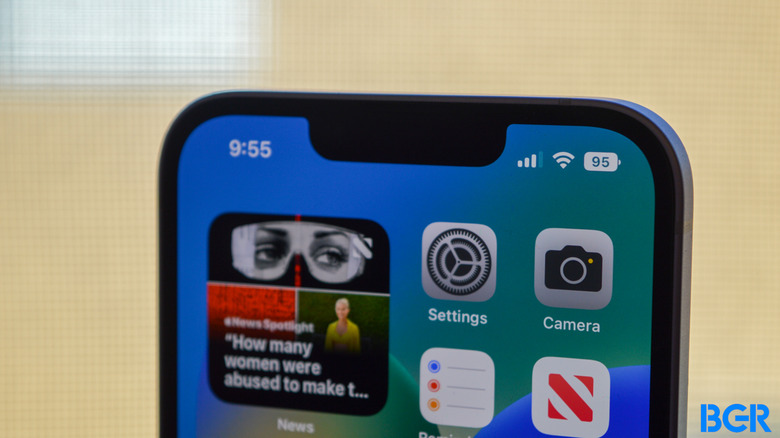How To Sideload iPhone Apps With iOS 17
Apple will unveil iOS 17 and release the first beta in mid-June during the company's highly anticipated WWCD 2023 event. iOS 17 should focus on optimizations and stability improvements rather than big new features, but some of Apple's surprises have already leaked. The list includes support for sideloading apps on iPhone, an iOS 17 feature that will reportedly be available only in the European Union (EU), at least initially.
In that case, the iPad's software equivalent, iPadOS 17, should also bring sideloading support to Apple's tablets.
In what follows below, we'll cover everything we know about sideloading as new information about the highly-anticipated feature continues to trickle out.
What is sideloading?
Apple has addressed iPhone sideloading plenty of times in the past few years. The company generally explained its opposition to the concept as more and more users demanded it. Sideloading apps on iPhone means installing software from any source, not just the official App Store.
That's something unheard of on iPhones since the App Store is the only official source of applications. The only way to sideload apps right now is to jailbreak the iPhone, assuming your model and iOS version support this unofficial customization option.
You can sideload apps on Windows, macOS, and Android, which is one reason why some have been pressing Apple to support sideloading on the iPhone.
Apple has always maintained its stance that sideloading will allow malicious actors to target unsuspecting users with malware. And that is indeed a risk that will make installing unofficial iOS 17 apps dangerous.
Sideloading support for iPhone will also likely open the door for unofficial third-party app stores that will compete with Apple's official App Store.
But, crucially, sideloading will initially be available only in Europe, where the new Digital Markets Act (DMA) legislation forces tech giants to allow the installation of any app on their devices.
How does sideloading work in iOS 17?
At least a couple of leakers claim that iOS 17 will bring sideloading support to iPhone this year. A mysterious insider and Bloomberg's Mark Gurman have both mentioned the feature. And they said it will be restricted to the European Union.
But neither report detailed how sideloading will work on iPhone and whether the first iOS 17 beta will support it.
Since Apple will supposedly make sideloading available only in Europe, it's easy to speculate on how the company will implement it. The Apple ID's location is the easiest way to restrict access to sideloading. I'd guess that using an EU Apple ID on an iOS 17 device will let you install apps from any source.
That's something leaker analyst941 also noted. All you will need is a European Apple ID to install any app on iPhone or iPad. And you can create additional Apple IDs.
However, a new Apple ID doesn't carry over existing App Store apps. Also, the Apple ID might be just one of the ways Apple controls access to sideloading. Your actual geographical location might also be involved in getting access. For example, American iPhone users might be unable to sideload apps using EU Apple IDs if they're physically located in the US. That's where a VPN might come in handy.
As you can see, there is a lot of speculation about sideloading iPhone apps in iOS 17. We'll need clarification from Apple once the company is ready to address the functionality.
Does sideloading work on iPadOS 17?
Once sideloading works on iOS 17, iPad owners who can update their tablets to iPadOS 17 will be able to take advantage of it as well. The same rules will apply. Sideloading will be restricted to Europe for the time being.
There's no telling when Apple will bring sideloading support to other markets. We'll keep this guide updated to offer you more detailed information about how sideloading works on the iPhone and iPad.
